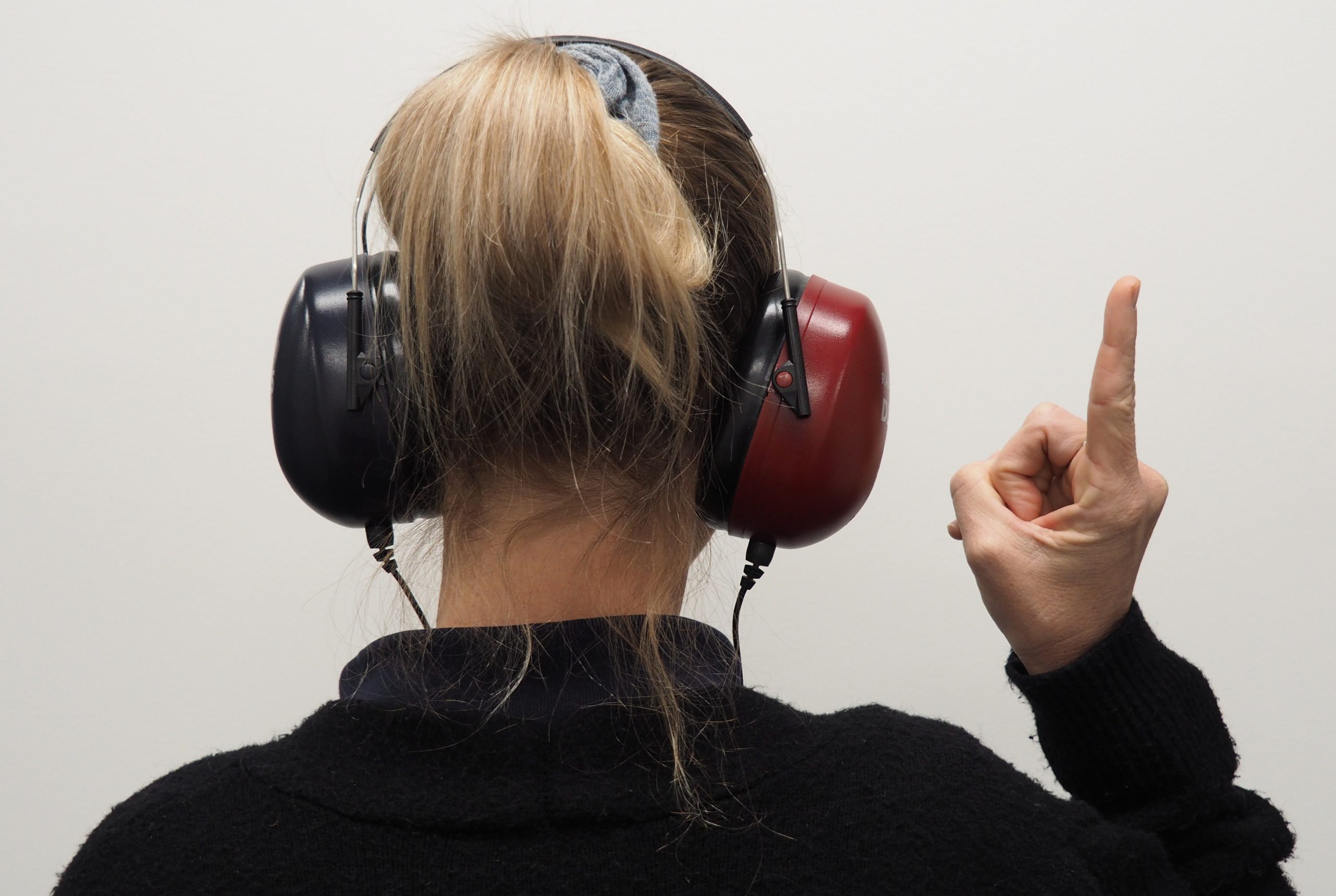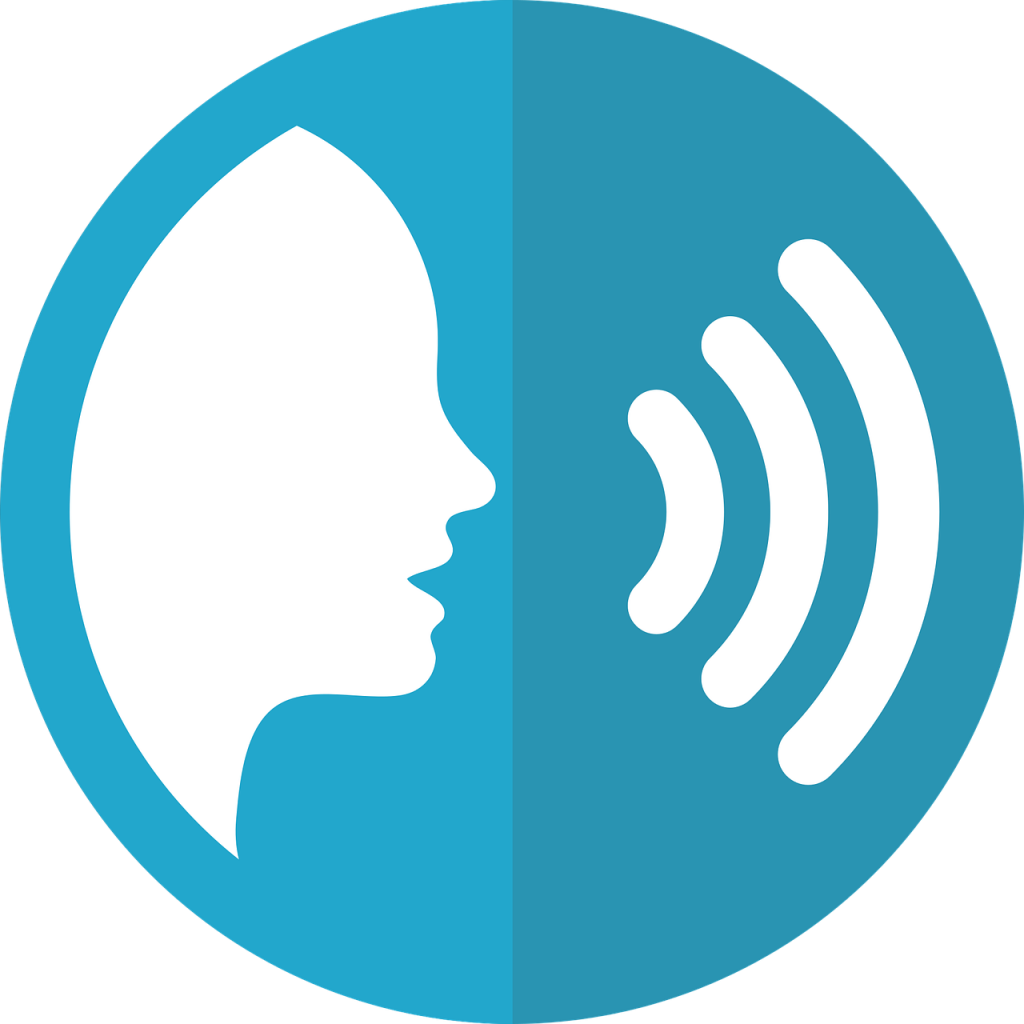
An audiologist uses a hearing exam to determine whether or not you have a hearing issue, and if you do, the severity of the problem. There is more than one type of hearing exam available, and the one you receive will depend on the hearing problems that you are experiencing.
Contents
Pure Tone Hearing Exam
One type of hearing exam, the pure tone testing, is the one that you probably remember receiving in grade school. Wearing a pair of headphones, you sit in a sound-isolating booth and raise your hand or say “yes” whenever you hear a beep. Some refer to this test as an air conduction test because the sound passes through the air into your ears. Audiologists use this test to find the lowest volume of sound that you can hear at different frequencies.
The audiologist changes the pitch and volume of the tones throughout the test. The audiologist will only test one ear at a time. The audiologist will record the results of your pure-tone test in an audiogram.
Bone Conduction Hearing Exam
Contrary to the air conduction test described above, bone conduction testing measures how the inner ear responds to sounds via bone conduction. The audiologist will place a conductor behind the ear that transmits vibrations through the bone to the inner ear.
The results of this test are usually compared to an air conduction test to determine the type of hearing loss that a person is experiencing.
Speech Hearing Testing

Speech testing examines how well you can hear and repeat words, measured by the speech reception threshold. In speech testing, you wear a pair of headphones into which the audiologist says words at certain volumes, and you repeat the words. The words are spoken at different volumes to determine the lowest volume of speech that you can recognize and repeat 50 percent of the time; this volume is the speech reception threshold.
Audiologists will perform this test in a noisy environment since that’s the type of situation in which most people with hearing loss have the greatest difficulties.
Tympanometry
Audiologists will use a tympanometry test to determine if there are issues with your eardrum (e.g., ear infection, fluid or earwax buildup, or a ruptured eardrum). They will place a small probe into each ear; then, they will attach the probes to a device that pushes air into the ear to move the eardrum. The tympanogram will record the movement of your eardrum.
From the tympanogram, an audiologist can determine if your eardrum moves normally or has a problem indicated by stiff movement or too much movement.
Acoustic Reflex Testing
The audiologists use this exam to measure involuntary muscle contractions in your inner ear and find the location of any problems. Under normal circumstances, a small muscle inside your inner ear tightens when exposed to loud noises. This acoustic reflex is automatic and occurs without you even knowing it. In people with severe hearing loss, the sound may have to be very loud to elicit a response or a response may not occur at all.
Auditory Brainstem Response
Audiologists usually reserve this type of test for children or adults who cannot be tested with another type of test, or if the audiologist suspects the hearing loss is related to problems in the brain. This test examines the cochlea and the brain pathways for hearing. For this type of test, the audiologist will place electrodes connected to a computer on your head. The test will record brain wave activity in response to a series of sounds of different volumes heard through headphones.
You can see the results on a computer printout. This test does not require a testing fee; they can rest quietly or even sleep. For this reason, audiologists will use the auditory brainstem response with babies to examine potential hearing problems.
Otoacoustic Emissions
When sound waves enter your ear, the vibrations pass through your eardrum into the inner ear. There, the hair cells in the cochlea vibrate. These vibrations produce sound of their own which is transmitted back into the middle ear. These sounds are called otoacoustic emissions and this test measures those emissions.
People with normal hearing produce otoacoustic emissions which can be measured. However, people with hearing loss that is greater than 25-30 decibels do not produce these sounds. To perform the test, a small probe is placed in the ear. The probe contains a tiny speaker and microphone. The speaker plays clicks or tones which travel into the middle ear and into the cochlea.
The hair cells vibrate in response. The sound of that vibration travels back into the middle ear and ear canal. Where the microphone of the probe picks up the sound. The test determines whether or not the hair cells are functioning as they should.
The information in this guide uses the following reliable sources:
https://www.who.int,https://www.nidcd.nih.gov, https://www.hearingloss.org, https://hearnet.org.au, https://www.cdc.gov, https://nobilehearing.com, https://ncbegin.org, https://medlineplus.gov, https://arizonahearing.com, https://www.asha.org







